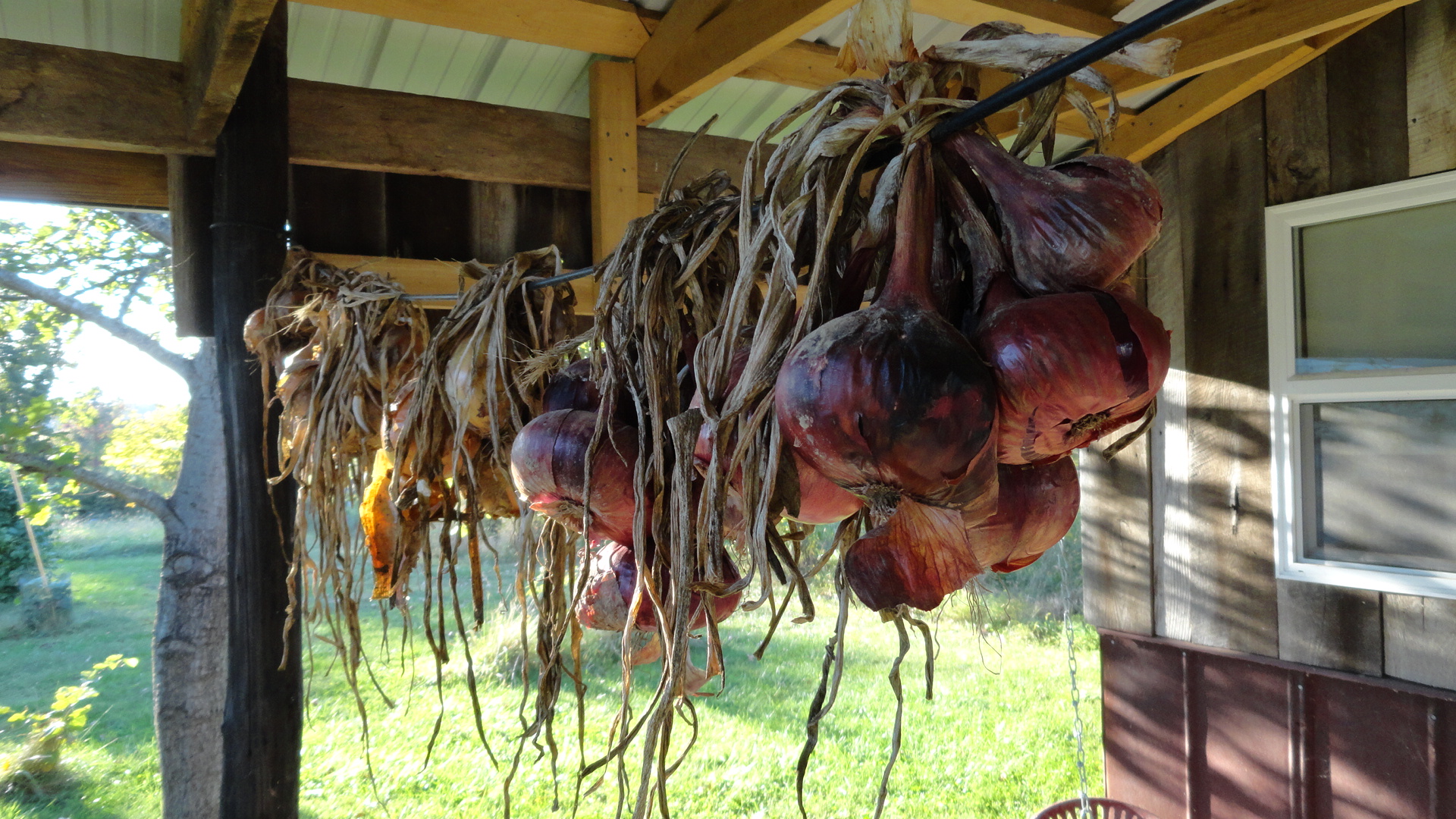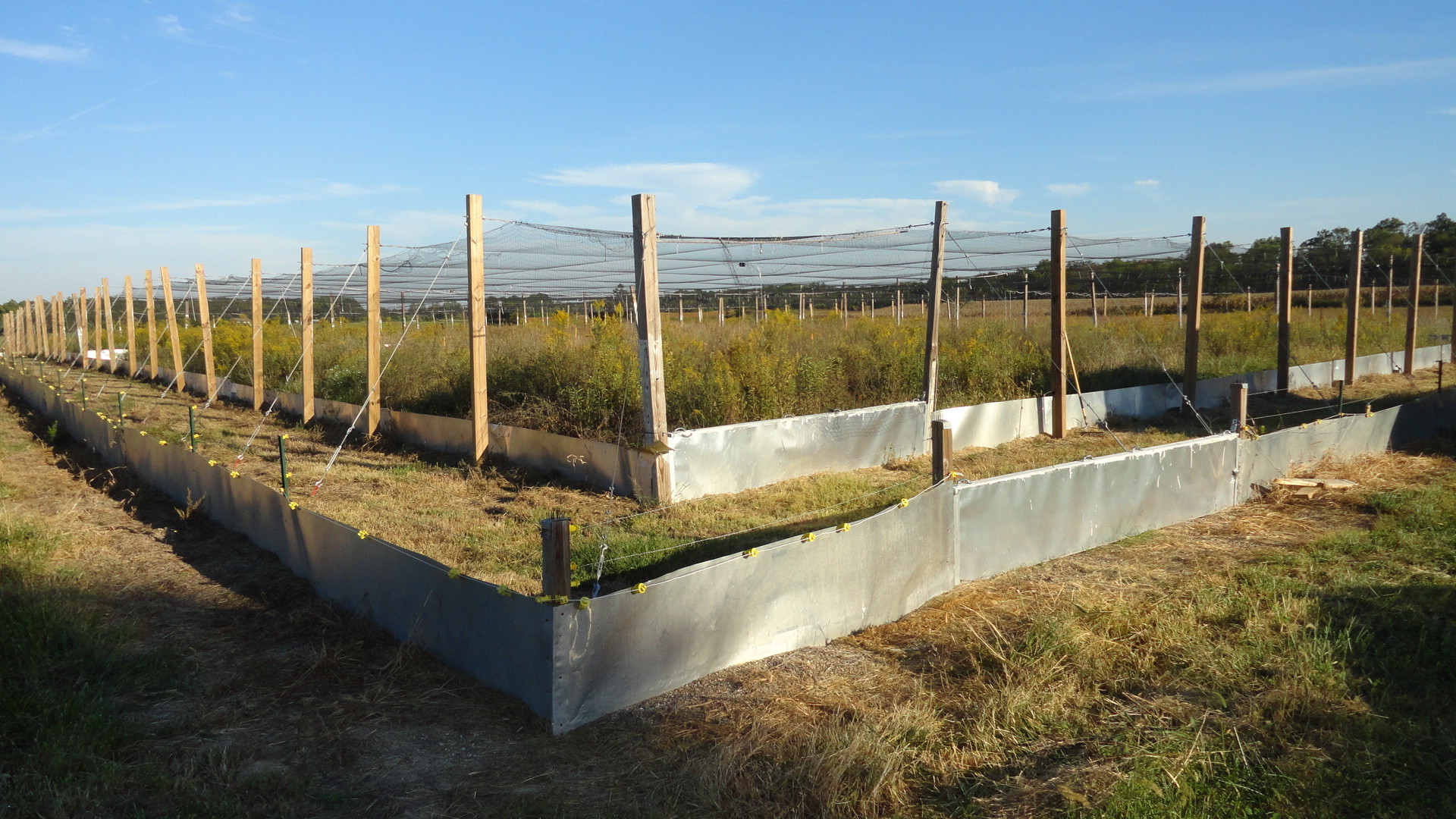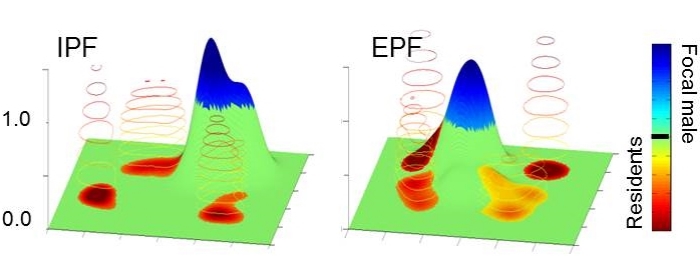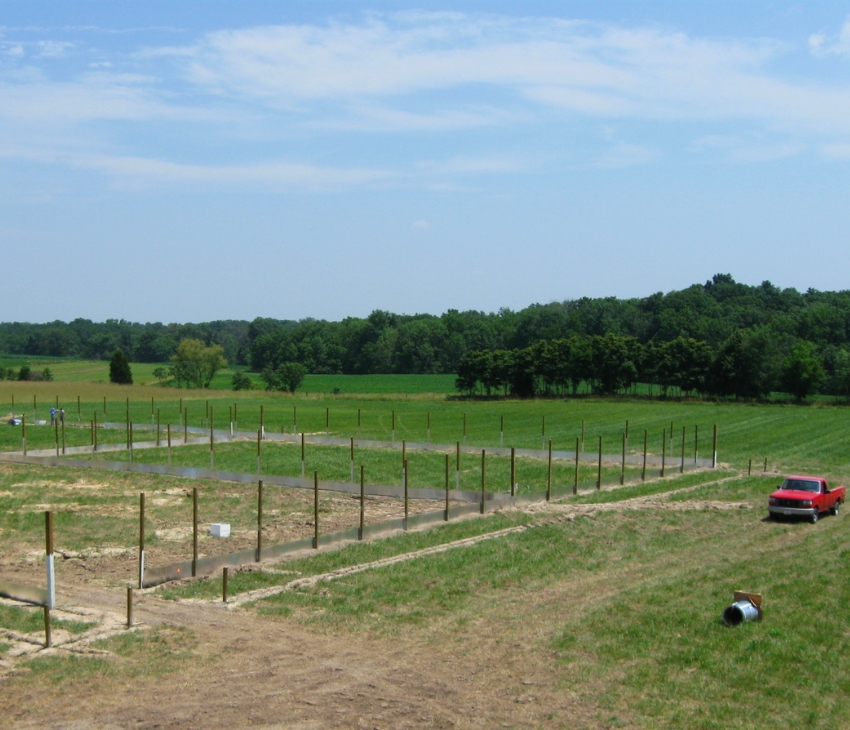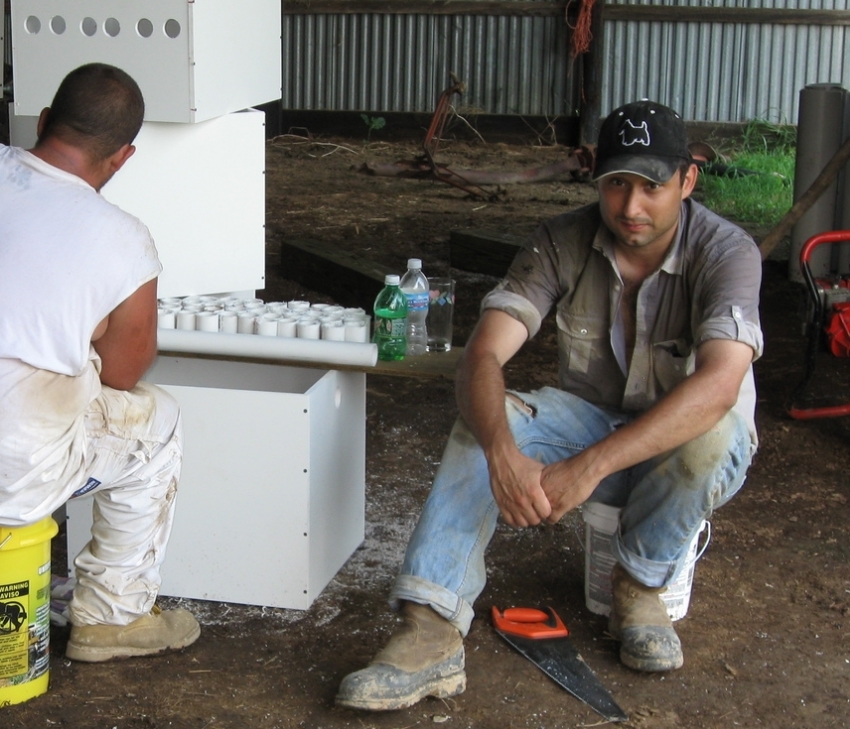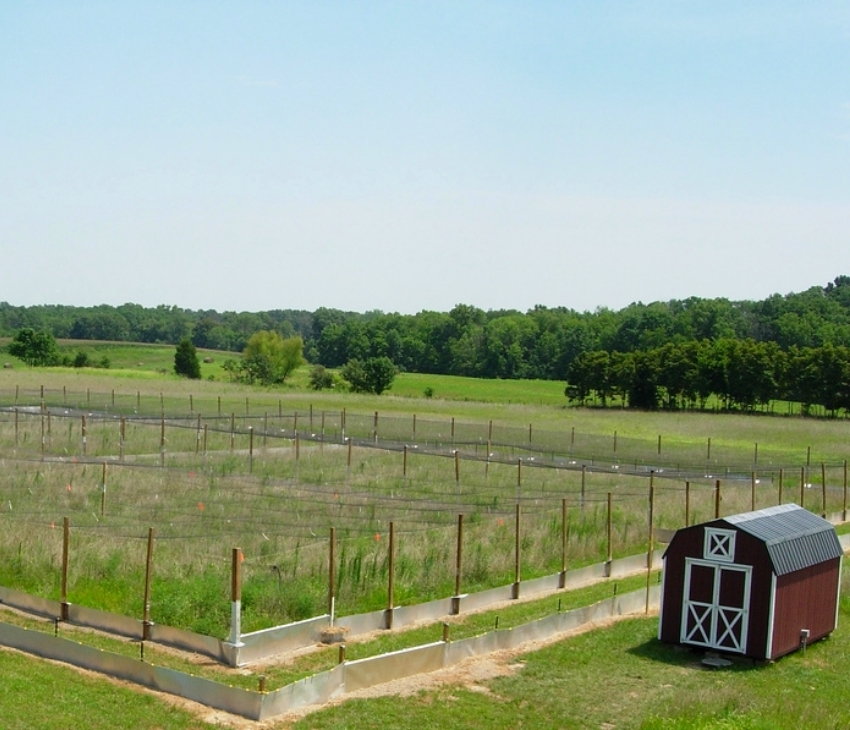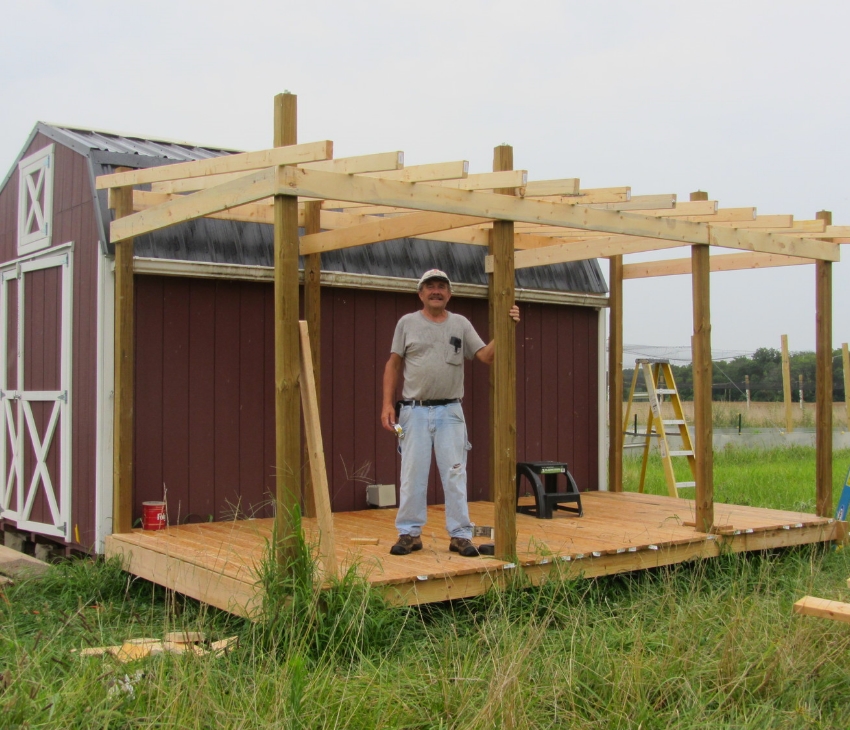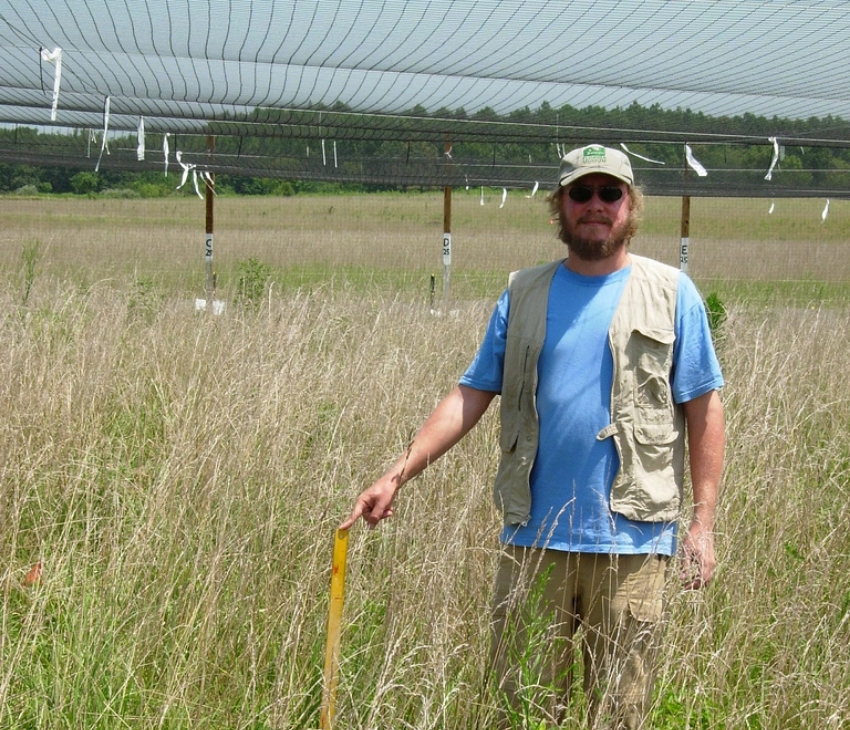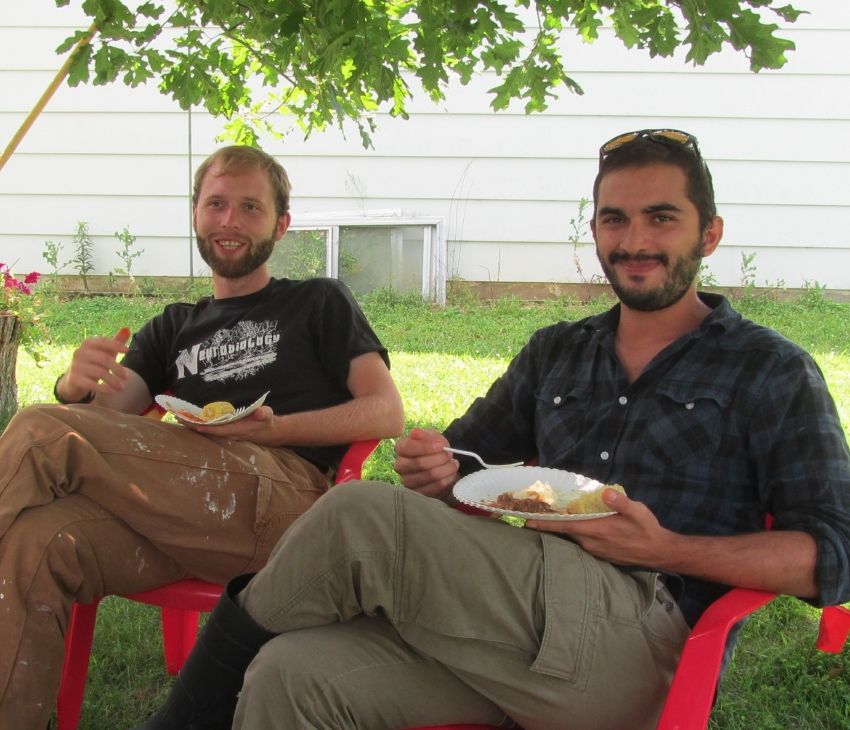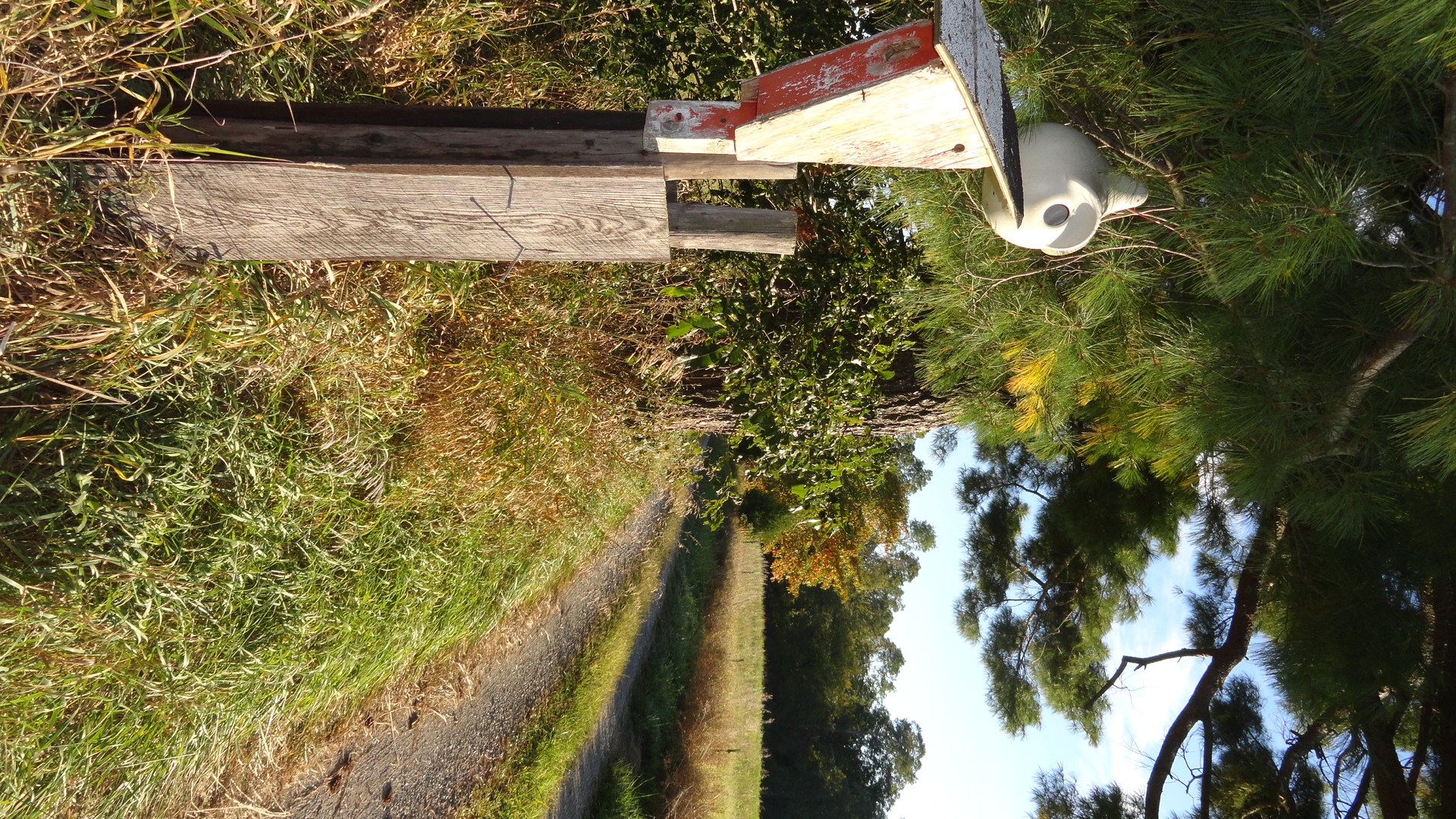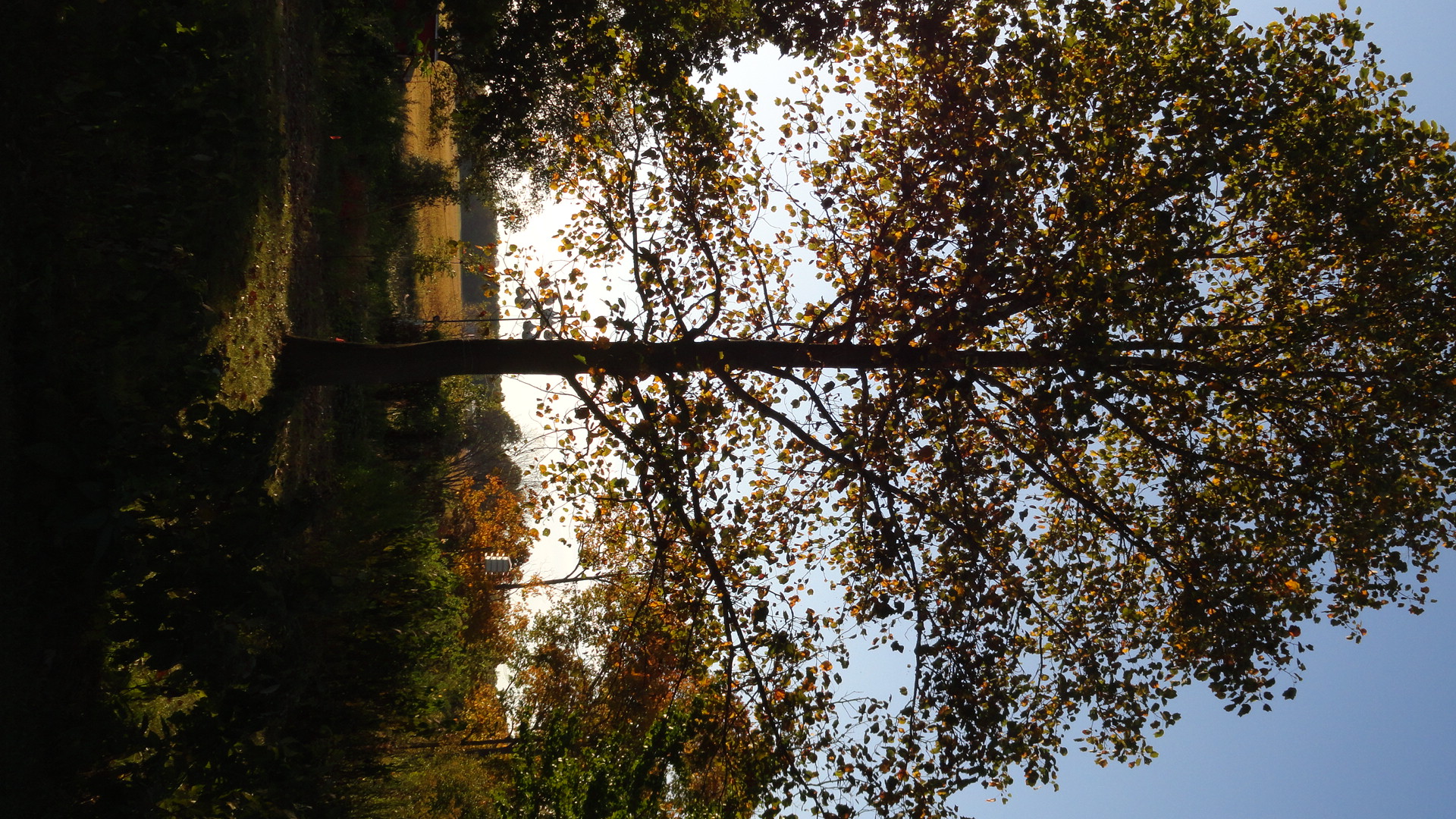Why prairie voles?
Prairie voles are mostly monogamous rodents that live in the Midwest -- a location well suited to their family values. Males and females form pair-bonds, share a nest and raise young together. Because the formation of pair-bonds is rare among mammals, prairie voles have become powerful models for exploring the neural and molecular mechanisms that underlie the formation of social attachments. They also have been the subjects of an extensive history of work in population ecology. This makes them in many ways ideal model for integrating work on evolutionary processes, social behavior, neurobiology and genetics. This is the broad aim of our work on prairie voles.
Microtus ochrogaster
Prairie vole natural history
Prairie voles are "socially monogamous," which means that although females and males form pair-bonds, these don't always translate into sexual exclusivity. We estimate ~25% of young are sired outside the pair-bond. Not only that, but at any given time, many males and females may be un-paired -- and being single doesn't mean these animals won't mate and have offspring. We think of the formation of a pair-bond as being a major life-history transition for prairie voles, and it is, but even among paired animals there is tremendous individual variation in social behavior. The behavior of animals is really diverse. Why? What does that mean for our understanding of the social brain?
One last point about the natural history of prairie voles: Decades of field work has shown that population density vary wildly over the course of the year, with highest densities occurring in the fall. In many species, social behaviors have different fitness consequences at different densities. Does density change the fitness value of different social behaviors? Do fluctuations in population density influence dispersal or development of young? How are these ecological parameters influencing the brain, the genome, and the epigenome? Prairie voles are a rich model for exploring these complex questions.
Our Illinois field enclosures let us manipulate environments and perform detailed telemetry on animal movements and social encounters.
Individual differences in brain and behavior
Our recent focus has been on understanding the extent to which individual differences in behavior can be mapped to individual differences in the brain. We've focused on the relationship between a single gene, the vasopressin 1a receptor (avpr1a, or V1aR if you're talking about the protein), and social behavior in the field. V1aR is critical for pair-bond formation in males. It is also remarkably variable in some brain regions. Two of those brain regions, the retrosplenial cortex and the laterodorsal thalamus, are initimately involved in spatial memory. Because V1aR generally plays a major role in male social behavior, we hypothesize that these differences in V1aR change the ability of males to remember the location of other animals. This could influence how well they keep tabs on a mate, or how often they return to a place they've been beaten up, for example. We really don't know, but we do know that V1aR in these brain regions is a good predictor of how often males leave their own territories to intrude on the territories of their neighbors. This spatial behavior predicts which males are likely to mate with their own mate, or which males are likely to philander. We have also found that the brain variation seems to be due in part to genetic variation in regulatory sequences at the avpr1a locus. Overall our data suggest that individual differences in V1aR expression are a kind of balanced polymorphism in the prairie vole brain. Understanding the cognitive consequences of these differences, as well as identifying other genes at work, are a major focus of the lab right now.
Is V1aR the monogamy gene?
No, it isn't. The vasopressin receptor is certainly important for social behavior in its many forms, but even simple traits depend on variation at many different genes. It may be that V1aR variation has a particularly big impact on sexual fidelity and space use, or it may be just one of hundreds or thousands of genes whose variants shape this behavior.
We think are results may be important for neuroscience in general, but not because it tells us anything about human monogamy. Our results show that the environment can actively maintain genetic variation in the brain, and this variation is likely to be important to social behavior. The take-home message is that brains are diverse; it would be a good idea if neuroscience embraced genetic diversity as a topic worth studying, rather than as a confound to experimental design.
Challenges and opportunities
One of the difficulties in linking brain, behavior and evolution is that species that are easy to work with in the field are generally not the same as species that are easy to work with in the lab. Prairie voles, like other rodents, are difficult to watch in the wild. Our lab has been developing new methods to monitor animals in natural behavior in the wild. We've focused on methods using automated telemetry to record where dozens of animals are from minute to minute over the course of months. By doing so, we hope to observe individual interactions, how they change with experience, and how those behaviors related to brain function.


